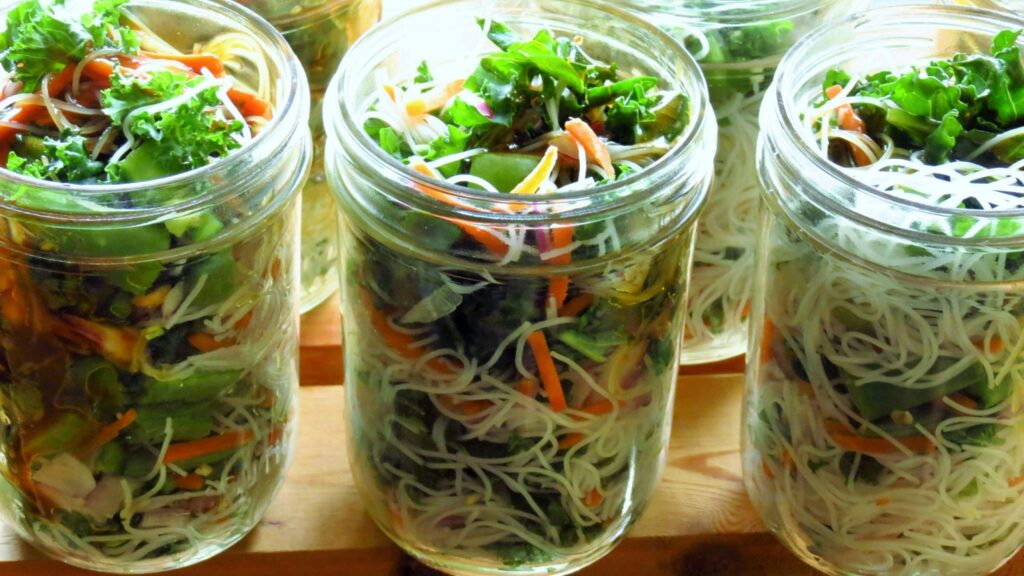The world is unpredictable. Energy costs fluctuate, storms knock out power grids, and global tensions can make even the most stable economies feel fragile. Yet most of us don’t want to live in a cabin with a wood stove and no Wi-Fi. The sweet spot between sustainability and comfort is called smart sustainable living—a lifestyle designed for people who want to be prepared, independent, and responsible without giving up modern conveniences.
At its core, smart sustainable living is about building efficiency and resilience into your daily life. It’s about planning ahead, investing wisely, and using technology to make sustainability easier, not harder. You don’t have to uproot your life or spend thousands to start living smarter; you just need to understand the systems that quietly run your home, your food, and your energy—and make them work for you instead of against you.
The first step toward smart sustainable living is energy independence. That doesn’t mean you need to go fully solar tomorrow, but it does mean taking practical steps toward reducing dependency on external grids. Solar panels are an excellent long-term investment, and portable solar generators now make renewable energy accessible even to renters. Backup power is the next layer. A reliable solar generator or power station can keep your essential devices running through outages or travel. Unlike loud gas generators, they’re clean, quiet, and perfect for maintaining comfort without stress.

Water and food storage are another cornerstone of sustainable preparedness. The goal isn’t to hoard—it’s to be ready for interruptions in supply. Keep at least a 30-day supply of food that your family actually eats. Focus on shelf-stable, high-nutrition staples like oats, beans, rice, and canned protein, plus water filtration or purification tablets. Choose brands with recyclable or compostable packaging when possible. Rotating stock keeps everything fresh, and it’s easier than most people think once it becomes part of your normal shopping rhythm.
Efficiency is the financial side of smart sustainable living. A well-sealed, well-insulated home retains warmth in winter and stays cooler in summer, meaning less strain on your HVAC and your wallet. Smart thermostats can learn your patterns, adjusting automatically to reduce waste. Replacing outdated windows and sealing drafts are simple upgrades that improve comfort immediately. The more efficient your home, the fewer resources you’ll need during disruptions.
Reducing waste is equally important. Swap single-use plastics for reusable containers, compost kitchen scraps, and buy in bulk when it makes sense. Waste reduction doesn’t just help the planet—it streamlines your household and lowers costs. Think of sustainability as a form of preparedness: when you waste less, you rely less on fragile supply systems.
Growing your own food, even in small ways, is both empowering and practical. Herbs on the kitchen windowsill, tomatoes on a balcony, or a raised garden bed can offset grocery costs while keeping you connected to your food sources. You don’t need acres of land; you just need consistency. Homegrown food tastes better, saves trips to the store, and gives peace of mind when prices or supply chains fluctuate.

Durability matters too. Instead of buying cheap items that wear out, invest in well-made, multipurpose gear—flashlights that double as power banks, solar lanterns, rechargeable batteries, and high-quality tools. A small collection of reliable gear outperforms an entire closet of disposable gadgets. The same rule applies to clothing, cookware, and even furniture: buy once, buy well, and maintain what you own.
Smart transportation choices fit into this philosophy as well. Whether it’s driving less, carpooling, biking, or investing in a hybrid vehicle, mobility doesn’t have to mean high fuel costs or emissions. E-bikes and efficient vehicles give you flexibility and independence while cutting expenses. The goal isn’t to give up driving—it’s to make it smarter and more sustainable.
Preparedness today also includes digital resilience. Back up essential documents on encrypted drives or secure cloud accounts. Keep offline access to maps, contacts, and important records in case of internet outages. Smart sustainable living blends the physical and digital: it’s about being ready for power disruptions as much as data disruptions.
Finally, the most overlooked piece of sustainable living is community. A self-reliant individual is good, but a connected neighborhood is powerful. Share knowledge, tools, and support with those nearby. Local networks—farmers markets, co-ops, or simply neighbors who look out for one another—create safety nets that no amount of stockpiling can replace.
Smart sustainable living isn’t about fear or isolation; it’s about foresight. It’s for people who want to protect their comfort and security while living with intention. Every small improvement—solar lights, a pantry refresh, better insulation, smarter energy use—adds up to a stronger, greener home. It’s about taking control of your environment so that uncertainty doesn’t control you.
In the end, sustainable preparedness isn’t a retreat from modern life; it’s an upgrade to it. The more efficient, independent, and environmentally conscious your household becomes, the more resilient you’ll be—financially, physically, and mentally. The world may change, but the ability to adapt intelligently and live well will never go out of style. That’s smart sustainable living.
